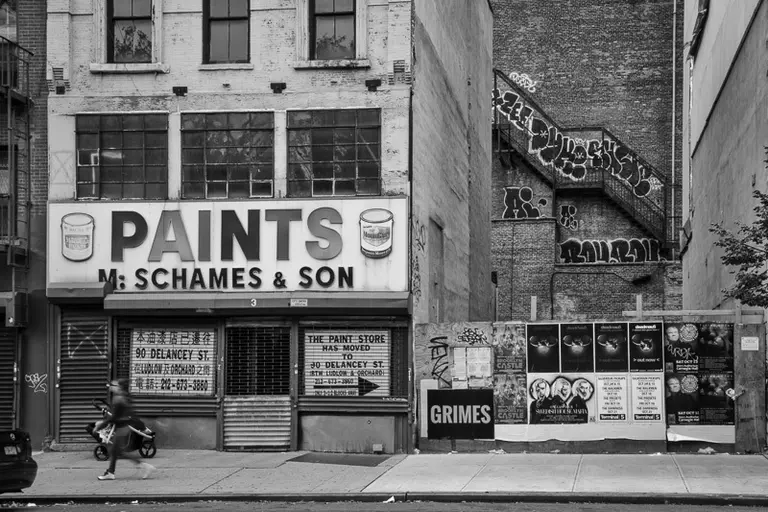September 21, 2016
6sqft’s ongoing series The Urban Lens invites photographers to share work exploring a theme or a place within New York City. In this installment, award-winning authors and photographers James and Karla Murray introduce us to the faces and food vendors that make up the 2016 Feast of San Gennaro in Little Italy. Are you a photographer who’d like to see your work featured on The Urban Lens? Get in touch with us at
[email protected].
2016 marks the 90th anniversary of the Feast of San Gennaro, which is held in the "Little Italy" neighborhood of lower Manhattan from Thursday, September 15 through Sunday, September 25th. The Feast is an 11-day salute to the Patron Saint of Naples, Saint Januaries, and it is the longest and most popular street fair in New York City (anticipated to bring in one million tourists and New Yorkers this year).
Little Italy was once known for its large population of Italian immigrants and is now centered on Mulberry Street between Broome and Canal Streets. Italians first began to settle in the area during the 1850s, but by the 1960s, wealthy Italians began to move out and Chinese merchants for the first time began to move north of Canal Street—the traditional boundary between Chinatown and Little Italy. Observing the changes in the neighborhood, Italian merchants and restaurateurs formed an association dedicated to maintaining Mulberry Street north of Canal as an all-Italian enclave, which it still largely remains.
Ahead we document some of the longtime New Yorkers, tourists, and decades-old Italian vendors who've added their own flavor to this year's festivities.
our account and more photos here
